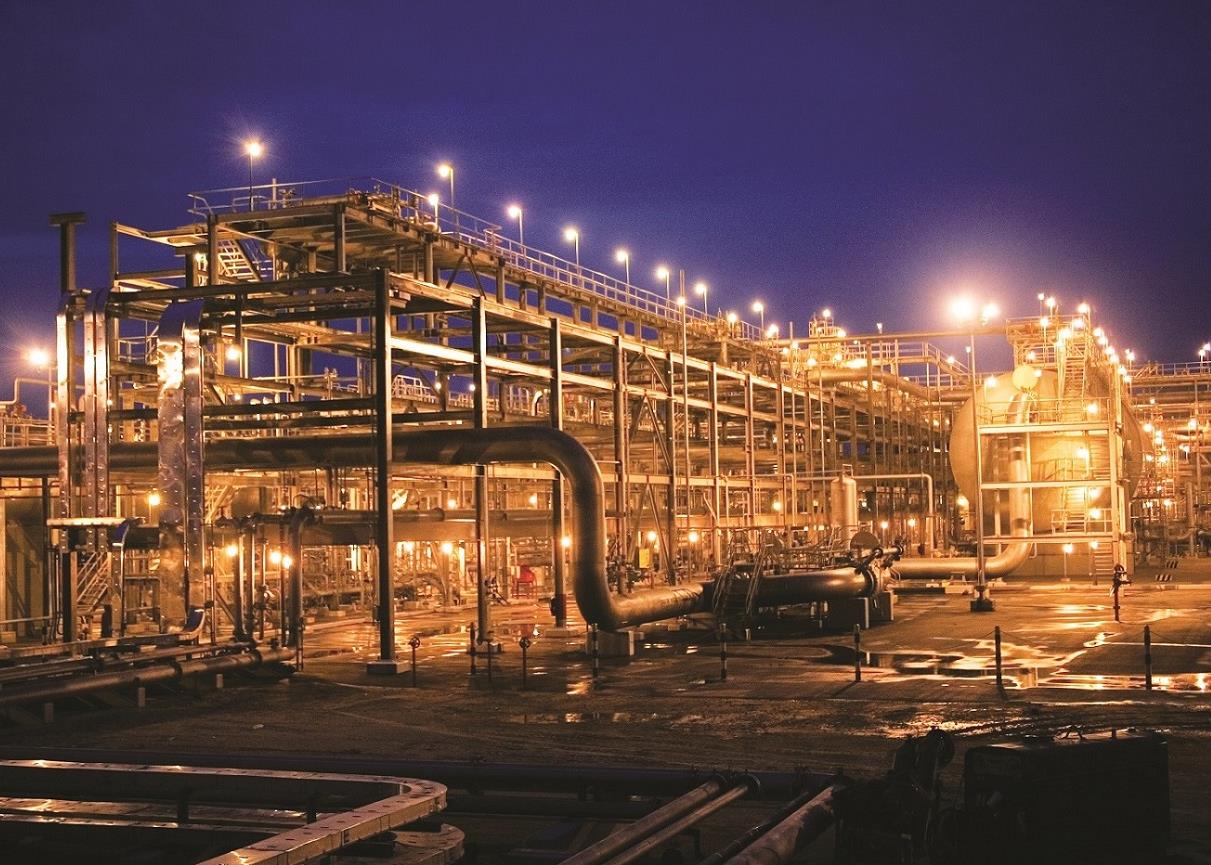
Support from its neighbours propped up Yemen in 2011 and 2012. But future governments will not be able to rely on similar aid forever and must do something urgently to halt the countrys economic decline
That Yemens political class is not looking much further ahead than 2014 is not a surprise. Until presidential and parliamentary elections scheduled for February 2014 (but realistically likely to be held later in the year) have been held, no one in government or parliament is willing to make major policy decisions concerning the countrys future.
Whoever takes over next year will face a formidable challenge. Time is quickly running out to fix the economic quagmire left behind by Ali Abdullah Saleh, Yemens ruler of three decades, who was ousted in late 2011 after a year of protest and escalating conflict.
The headline figures alone are enough to grab attention. Poverty affects more than 50 per cent of the population, according to a government study published in 2012, while levels of acute child malnourishment are comparable with Afghanistan. Gross domestic product (GDP) shrank 10.5 per cent in 2011 and managed only a lethargic 0.1 per cent rise last year. Unemployment is estimated at above 50 per cent.
Growth forecasts for Yemen
The Washington-headquartered IMF is forecasting the economy to expand by 4.4 per cent in 2013, although frequent attacks on a key oil export pipeline make it difficult to accurately predict growth. In any case, a rise of 4 per cent after a double-digit drop in output is hardly an encouraging sign.
Government finances are in poor shape. Before 2010, Sanaa was struggling to cope with a ballooning deficit and falling foreign currency reserves. Saboteurs repeatedly blew up Yemens biggest oil pipeline during 2011, cutting off domestic supplies and forcing the government to import growing volumes of fuel from abroad.
Oil exports are the main source of government revenue and foreign currency in Yemen. The loss of the pipeline hit income and currency reserves hard, placing pressure on the riyal. Tax revenues also plummeted and local banks struggled with repeated runs on their reserves.
Yemens neighbours managed to provide enough assistance to prevent total state collapse in 2011 and 2012. Saudi Arabia, Oman, and the UAE donated an estimated 6 million barrels of oil in 2011 to replace output lost from the export pipeline. Riyadh and Doha also made billion-dollar payments to the Central Bank of Yemen to help prop up the riyal and improve confidence in the banking system in 2012.
They seem to think that they could spend what they want and someone from outside will come in to help
Government official
The transitional administration in Sanaa responded by passing the biggest budget and deficit in Yemens history, despite warnings from central bank officials that it would be near impossible to meet the gap in funding. After a small cut in 2011, subsidies have remained untouched, and tax revenues, which will have to replace oil export income in the future, remains shockingly low.
The government collected an estimated $2.11bn in taxes in 2010, around 6.8 per cent of GDP. In 2011, it collected about $1.75bn or 5.5 per cent of GDP and in 2012, it managed around 5.7 per cent of GDP. The average tax revenue among Organisation for Economic Cooperation and Development (OECD) countries was 33 per cent of GDP in 2011.
Yemens wage bill
Despite its size, at $12.9bn, the budget was largely focused on paying for a growing wage bill, a huge energy subsidy programme and for Yemens bloated military. Hardly anything was allocated to new infrastructure or improvements to existing government facilities.
Officials say that the transitional government led by Prime Minister Mohamed
Basindwah has not focused on investing in growth-promoting projects because of the billions of dollars in aid pledged to Yemen by foreign donors.
The problem is less than a quarter of that money has been spent because the government has not moved quickly enough to set up a new department to oversee the dispersal of the funds.
They seemed to think that they could spend what they want and someone from outside will just come in to help, says a government official with ties to both the finance ministry and the central bank. They think that they will be gone in 2014, so they dont really care about fixing anything.
The Basindwah government, which was brought in to run the country during Yemens two-year transition in November 2011, is said to be highly dysfunctional. Cabinet meetings are characterised by infighting between the General Peoples Congress (GPC), Yemens traditional ruling party, and the Islamist Islah, once the GPCs junior coalition partner, but now a rising force in government and politics. Despite a stated commitment to reform, the government has passed little legislation and has struggled to provide basic services, such as water and electricity.
Credit facilities for Yemen
The government has been in negotiations with the IMF over credit facilities worth between $500m and $1bn to help keep the economy afloat since 2012, but has stalled on the conditions the fund has placed around loans. These include civil service reform, a commitment to increase tax income as a proportion of overall revenues and cuts to fuel subsidies, which account for around a fifth of all government spending.
Officials involved in negotiations say that the government has repeatedly reneged on promises to prepare reformist legislation. Now, with little more than half a year until elections, it is unlikely to start pushing through what would be widely unpopular policies. Ministers are far more focused on making themselves look good and their rivals look bad in the run-up to parliamentary and presidential elections.
Yemen has been in negotiations with the IMF but has stalled on the conditions placed around loans
But if the government does not do something soon, it will run into trouble of the kind that even Riyadh or Doha would struggle to resolve. Oil production has been on the wane since 2002 and the swift rise in state spending over the past decade has largely been underwritten by increases in oil prices on international markets.
With oil prices likely to plateau or, according to some economists, fall, and with domestic production dropping while demand for cheap subsidised fuel increases, the government will struggle to balance the books in coming years. Yemen is a hugely import-dependent country (80 per cent of wheat and 100 per cent of rice is imported) and has long faced the prospect of a balance of payments crisis, where dollar income is far exceeded by foreign currency outflows, placing pressure on the value of the domestic currency.
Furthermore, many Yemenis question whether necessary economic reforms will ever be passed if the small elite that surrounded Saleh during his three decades of rule remains powerful in the future.
The GPC and Islah are the parties most likely to do well in any elections, but are seen as being at the nexus of a network of patronage, corruption and political favours centred around the oil industry and energy subsidies.
As part of the JMP [Joint Meeting Parties, an opposition coalition], Islah was always really critical of the GPC for not managing the government better, not cutting spending and hitting corruption says a former government adviser. But Islah also pushed back against cuts to subsidies before the revolution, and, since it has joined government, it hasnt done anything but increase spending. I cant see either party making reforms if they rule after next year.
Abdrabbu Mansour al-Hadi, Yemens transitional president and the current favourite in the forthcoming presidential election, has been largely inactive on issues related to the economy, and is also unlikely to push through stringent reforms any time soon, especially if he wants to retain his office beyond 2014.
He has been vocal in expressing concern over the lot of poor Yemenis, but aid officials say Al-Hadi does not seem to understand the urgency of the problem the country faces. They allege he is more focused on counter-terrorism and building up the position of his own allies in the military and government.
One place where economic issues are being discussed is at Yemens National Dialogue Conference (NDC), a six-month series of talks aimed at the creation of a new constitution and made up of delegates from across the countrys political and social spectrum.
Yemens national dialogue
In June, a working group appointed by delegates to look at issues of development and sustainability, returned a series of recommendations, which were presented by Al-Hadi at a meeting on 8 July. Although the economic priorities outlined by the committee were sensible running from food security to the expansion of welfare payments they did little to address the underlying structural issues of the economy.
Some of the committee members have good experience and are doing well, says a central bank official, who has been advising the working group. But there is just so much ground to cover.
The NDC talks are aimed at creating a more inclusive political life for Yemenis, and in doing so improving stability in the conflict-stricken nation.
But if the economy and the lot of the average Yemeni do not improve, it will be easy for opponents of future governments to provoke fresh unrest. Egypt has just lost its Islamist president and government after botching a series of economic policies and bringing in draconian new laws.
Hopefully, events in Egypt will serve as a timely reminder to Yemens politicians that what happened in 2011 can happen again and unless they work to fix the economy, unrest is likely to continue. Yet, as Morocco has also learned in recent weeks, radical reform also comes with political costs.
Key fact
Yemens economy grew 0.1 per cent last year, after shrinking 10.5 per cent in 2011
Source: MEED
You might also like...

Egypt resumes power cuts
18 April 2024

Petrofac awards carbon capture sub-contract
18 April 2024

Neom tenders Oxagon school construction
18 April 2024

Clarifications advance for Neom renewables
18 April 2024
A MEED Subscription...
Subscribe or upgrade your current MEED.com package to support your strategic planning with the MENA region’s best source of business information. Proceed to our online shop below to find out more about the features in each package.








